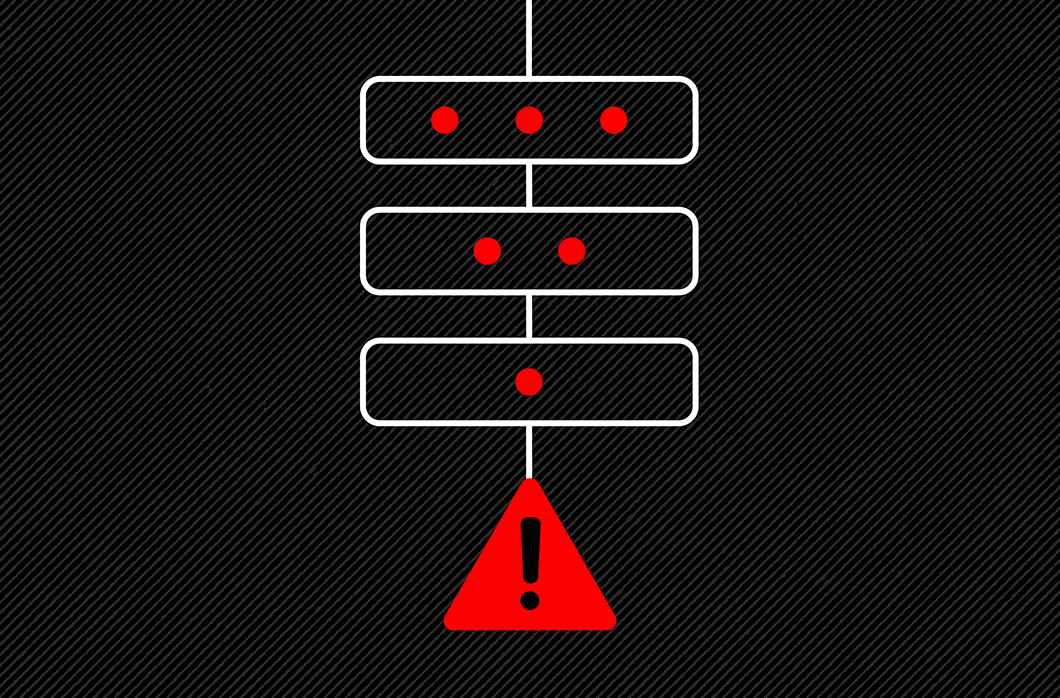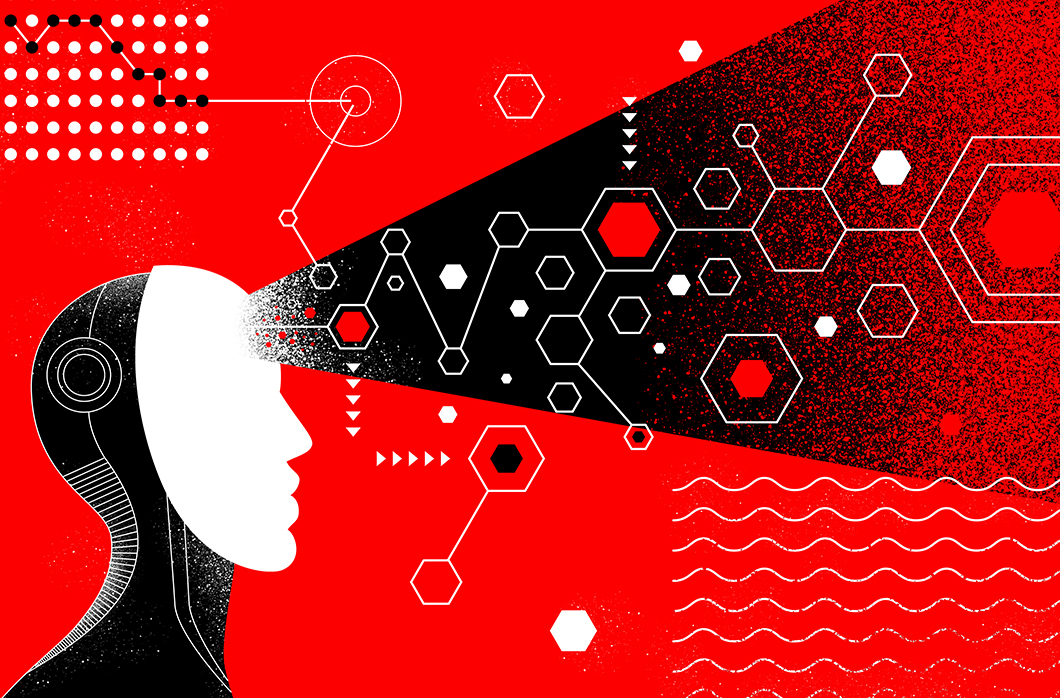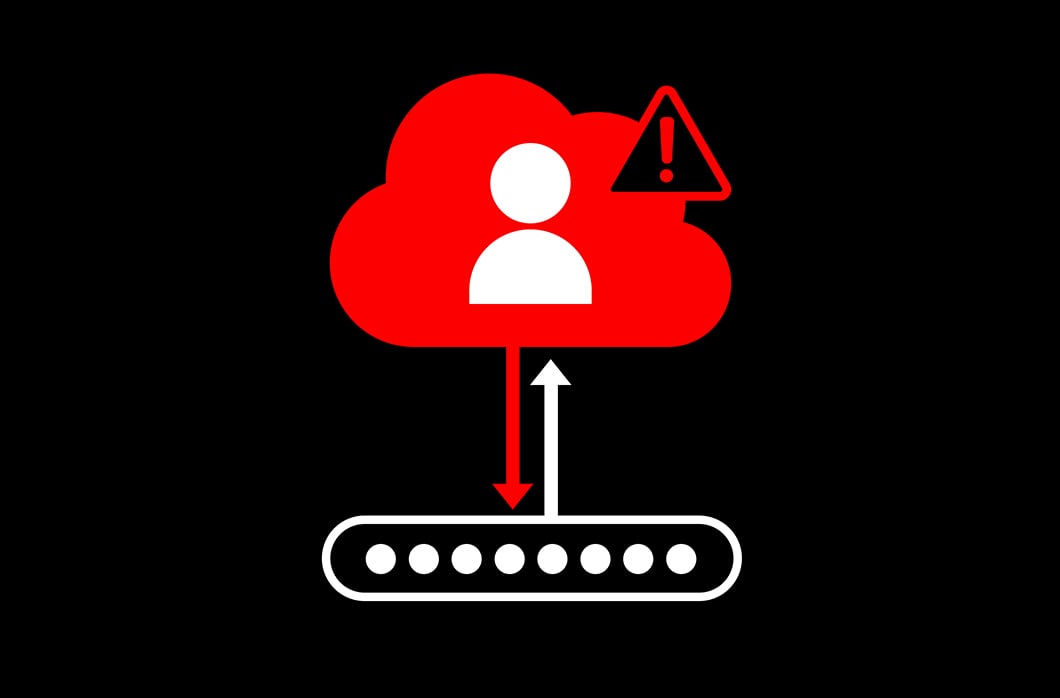Featured Articles

Recent Articles
Categories
Cloud and Application Security
-
CrowdStrike and Google Cloud Expand Strategic Partnership to Deliver Unified Cloud Security
April 9, 2024
-
Two Effective Strategies to Reduce Critical Vulnerabilities in Applications
April 8, 2024
-
CrowdStrike Enhances Cloud Detection and Response (CDR) Capabilities to Protect CI/CD Pipeline
March 21, 2024
Counter Adversary Operations
Endpoint Security & XDR
Engineering & Tech
-
CrowdStrike Falcon Next-Gen SIEM Unveils Advanced Detection of Ransomware Targeting VMware ESXi Environments
April 15, 2024
-
CrowdStrike’s Advanced Memory Scanning Stops Threat Actor Using BRc4 at Telecommunications Customer
September 27, 2023
-
The Windows Restart Manager: How It Works and How It Can Be Hijacked, Part 2
September 1, 2023
Executive Viewpoint
-
CrowdStrike to Acquire Flow Security, Sets the Standard for Modern Cloud Data Security
March 5, 2024
-
CrowdStrike Is Proud to Sponsor the Mac Admins Foundation
February 15, 2024
-
CrowdStrike Named a Leader with a “Stellar” MDR Offering in The Forrester Wave™: Managed Detection and Response Services in Europe, Q4 2023
December 14, 2023
From The Front Lines
-
How to Defend Employees and Data as Social Engineering Evolves
March 22, 2024
-
The Anatomy of an ALPHA SPIDER Ransomware Attack
February 29, 2024
-
CrowdStrike Services Offers Incident Response Executive Preparation Checklist
October 23, 2023
Identity Protection
-
CrowdStrike Extends Identity Security Capabilities to Stop Attacks in the Cloud
April 10, 2024
-
Falcon Fund in Focus: Aembit Strengthens Security for Workload-to-Workload Access
January 30, 2024
-
Identity Threat Hunting: How CrowdStrike Counter Adversary Operations Is Leading the Charge
December 11, 2023
Next-Gen SIEM & Log Management
-
Building the Modern SOC: How CrowdStrike Deployed Next-Gen SIEM to Increase Search Speed by 150x and Find Issues in Seconds
March 27, 2024
-
Montage Health Consolidates Its Cybersecurity Strategy with CrowdStrike
March 4, 2024
-
4 Major Falcon LogScale Next-Gen SIEM Updates That Accelerate Time-to-Insights
January 18, 2024
Public Sector
Tech Center
-
CrowdStrike Falcon LogScale S3 ingest
November 9, 2023
-
Protecting Users from Malicious Sites with Falcon for Mobile
October 26, 2023
-
Getting Value from Your Proxy Logs with Falcon LogScale
October 10, 2023
Resource Center
Dive into topics ranging from endpoint security and threat intelligence, to incident response and forensic services.
See CrowdStrike Falcon® in Action
Only CrowdStrike addresses today’s most advanced threats with a true SaaS endpoint protection solution – giving you the ability to detect, prevent, monitor, and search attacks as they occur.
See Demo

